Tomato planting and Water and Fertilizer Management
This paper makes a detailed introduction from tomato planting to later management, and expounds the light demand and water and fertilizer characteristics of tomato, in order to provide reference for tomato planting and management.
Preparation before planting
(1) Land preparation. The cultivation of tomato fields should be turned in autumn to dry the soil, ploughing depth of about 30 cm. Soil drying can improve soil structure, improve water conservation capacity, reduce diseases and insects in soil, and create good conditions for root growth. Deep ploughing can improve the passing condition of soil, promote the activity of soil microorganisms, and is beneficial to the decomposition of soil nutrients. Even if the stubble is arranged frequently and it is difficult to dry the soil, we should try to dry the soil for as long as possible after harvesting and deep ploughing.
(2) making furrows (ridges). There are four kinds of tomato planting beds: high, flat, furrow and ridge. Local use of deep trench and high border cultivation. The general width of the border (continuous ditch) is 1.3-1.7 m, of which the width of the ditch is 0.3-0.5 m. The border (ridge) direction, south and parallel direction is better, and the plant receives more uniform light.
(3) apply sufficient base fertilizer. Apply 5000 kilograms of rotten organic fertilizer per mu, while adding 50 kilograms of superphosphate, combined with ploughing fertilizer soil, ploughing depth 25-30 cm. High border or ridge cultivation is often used in open field cultivation. High border cultivation with plastic film, dark irrigation under plastic film and drip irrigation under plastic film were used in protected cultivation. High-border cultivation can be used in the middle of the border to open ditches and bury season high-quality stable manure, and farm manure 2000-3000 kg, plant ash 200kg, after the flat border, dig planting ditches on both sides of the high border, and then apply 200kg high-quality fertilizer or 20-25kg compound fertilizer.
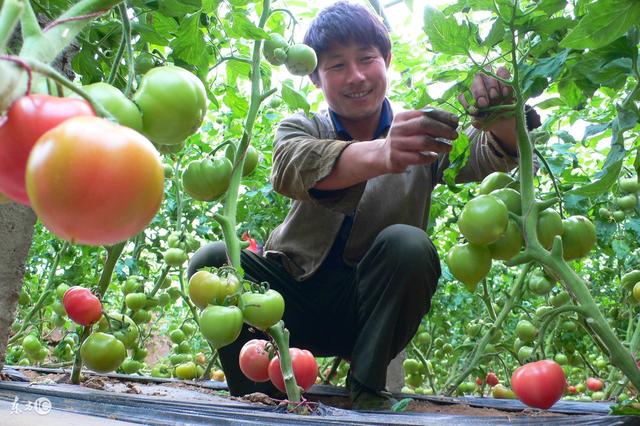
The absorption rates of nitrogen and potassium and phosphorus of tomato plants were 40-50% and 20%, respectively. Phosphate fertilizer not only plays an important role in the development of tomato fruit and seeds, but also has a great influence on the cultivation of strong seedlings. Nitrogen fertilizer can promote the growth and development of stems, leaves and fruits, especially in the early stage of plant growth. Potash fertilizer can promote the transport of sugars to the fruit and enhance the disease resistance of the plant, delay the senescence of the plant, prolong the fruiting period, and improve the fruit quality.
Tomato is very sensitive to fertilizer, and high fertilizer and sufficient water can achieve high yield. The type of fertilizer also has a great influence on the yield and quality of tomato. The order of advantages and disadvantages of all kinds of farm manure is: chicken and duck manure, sheep and rabbit manure, horse manure, cow manure. Human feces and urine should be used in conjunction with other fertilizers. No matter what kind of farm manure, it is necessary to fully ferment and mature, and do not apply raw manure to prevent root burning and infection of diseases and insect pests.
(4) Seedling disinfection: the seedlings were sprayed with 75% chlorothalonil wettable powder 600 times or 75% mancozeb wettable powder before planting.
Planting methods and plastic film mulching are best to choose sunny days without wind, high temperature, small soil water evaporation, easy to slow seedlings.
1. Planting method. The ways of planting seedlings are flat planting, furrow planting and cropping planting. According to the order of irrigation, it is divided into "dry planting" (that is, planting seedlings before irrigation) and "water stable seedlings" (that is, irrigation before planting seedlings). Do not plant seedlings too deep or too shallow. Planting too deep, low soil temperature is not conducive to root growth, slow seedling growth; planted too shallow, although high soil temperature is conducive to root growth, but unstable, seedlings are easy to be washed away by irrigation or blown down by strong wind. In general, the planting depth should be flat or slightly deeper between the soil block and the surface. If the seedling is unruly due to improper management of the seedling bed or untimely planting, the stem end of the seedling can be planted southward in the shape of a boat bottom, so that the stem tip exposed on the soil is slightly inclined to the south, so as to reduce the height of the seedling on the ground, prevent sunburn and being blown by the wind, and promote adventitious root growth.
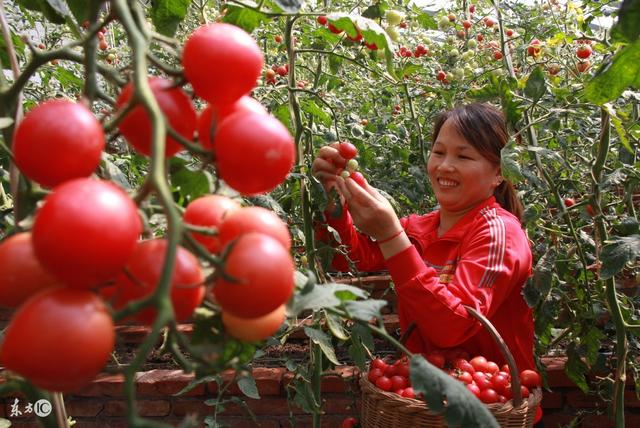
2. Cover with plastic film. In recent years, plastic film mulching has been widely used in tomato cultivation, which can increase soil temperature, reduce soil water evaporation, inhibit the growth of weeds and keep the soil loose, so as to speed up the speed of seedlings and promote root growth after planting. The method of planting seedlings covered with plastic film we generally lay plastic film first and then plant seedlings. The specific method is: cover the high border with plastic film first, cover it with soil around the country, then dig a hole to plant seedlings according to the distance between plants, and cover the seedlings strictly with soil around them.
Planting density:
The main results are as follows: 1. Precocious cultivation in open field: row spacing 40-50 cm, plant spacing 23-26 cm, about 5000 seedlings per mu; medium-maturing cultivation in small frame, row spacing 50 cm, plant spacing 26-33 cm, planting seedlings about 4000; long growth period cultivation on large racks, row spacing 66 cm, plant spacing 33 cm, planting seedlings about 3000.
2. Protected cultivation: early-maturing cultivation with 2-3 ear fruit coring, row spacing 50 cm, plant spacing 27 cm, 5000 seedlings per mu; medium maturity cultivation with 3-4 ear fruit, row spacing 50 cm, plant spacing 30 cm, 4400 seedlings per mu; cultivation without coring (such as Dutch infinite growth variety) with row spacing of 80 cm, plant spacing of 40 cm and 2000 seedlings per mu.
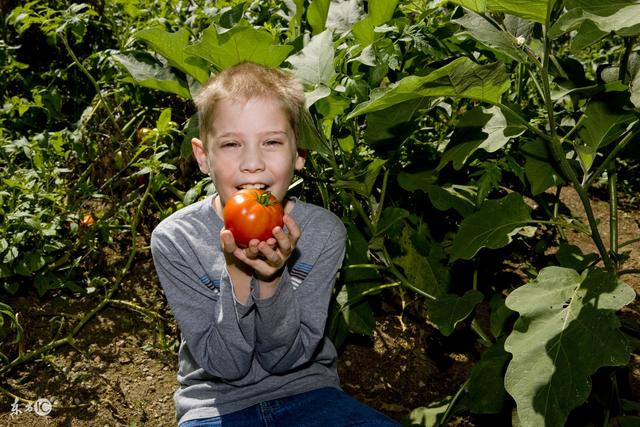
Water and Fertilizer Management of Tomato
1. Water management
Watering thoroughly when planting, ploughing and loosening the soil frequently. Slow seedling water was watered once after 5-7 days, and then continuously ploughed for 2-3 times, squatting seedlings appropriately according to variety, seedling age, soil quality, soil moisture and seedling growth. For self-capped precocious varieties, older seedlings, aged seedlings, dry soil and sandy soil, the squatting seedling period should be short, and the squatting seedling should be ended when the first ear fruit has pea grain size; otherwise, it will be longer, when the first ear fruit ping-pong ball size will end squatting seedling.
In the result period, it is necessary to keep the soil moist, with a soil water content of 80%, watering once every 6-7 days in the low temperature season and 3-4 days in the high temperature season. Irrigation should be uniform to avoid sudden dry and wet. Protected cultivation should be watered in the morning on a sunny day, and ventilation should be increased after watering.
The relative humidity of the air is controlled at 45-65%.
2. Formula fertilization
2-3 spikes can be fertilized once in each panicle when it is the size of ping-pong ball. Elevated cultivation, leaving a large number of fruit ears, can be in the first, third, fifth, seventh ear fruit table tennis size, respectively topdressing once. Combined with 1000 kg of rotten manure per mu, or 50 kg of rotten cake fertilizer, or 100kg of plant ash, or 25kg of potassium sulfate, or 25kg of calcium magnesium phosphate fertilizer, it is best to use the above fertilizers alternately. The leaves were sprayed with 0.2% potassium dihydrogen phosphate, 0.3% urea solution and 3-5% calcium chloride solution once every 10-15 days. Protected cultivation with carbon dioxide gas fertilizer, the concentration is 8-1200 ml / m3.
Practical techniques for cultivation and Management of Tomato
Tomato is a temperature-loving vegetable, with semi-drought-tolerant physiological characteristics such as temperature, light, air humidity, water and waterlogging. It is of great significance to increase the yield of tomato and increase the economic income of vegetable farmers by properly adjusting the living conditions suitable for vegetable growth, such as temperature, humidity, water, light, nutrition and other living conditions according to the local cultivation natural environment, so as to prevent and control all kinds of possible diseases and insect pests in time.
Temperature requirements for tomatoes:
Tomato has different temperature requirements in different growth stages. The most suitable temperature for seed germination is 25-30 degrees Celsius, the lowest germination temperature is 11 degrees Celsius, and the highest is 35 degrees Celsius. The seedling stage is suitable for 20-25 degrees Celsius during the day and 15-20 degrees Celsius at night. During the result period, 25-30 degrees Celsius during the day and 13-17 degrees Celsius at night, less than 15 degrees Celsius and higher than 35 degrees Celsius are not conducive to flowering and fruit setting.
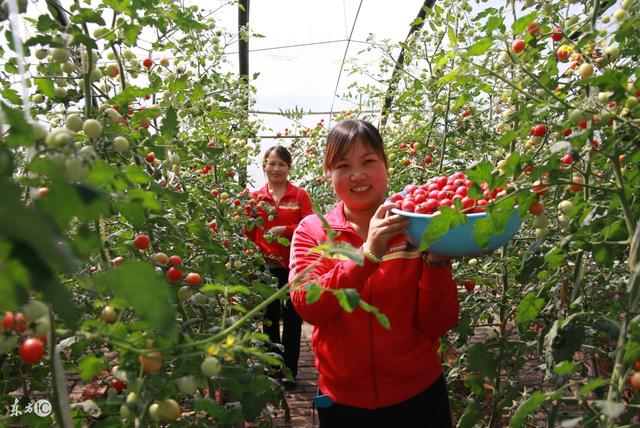
Tomato lighting requirements:
Tomatoes have different requirements for light in different growth stages, there is no need for light in the germination stage, sufficient light is required in the seedling stage in order to develop well, lack of light will affect flower bud differentiation and flower pollination. In the fruiting period, more fruit was set with sufficient light, the fruit expanded quickly, and the fruit yield was affected by insufficient light. If the light was too strong and lasting, it would cause sunburn disease to the fruit.
Water requirements for tomatoes:
Tomato has developed root strength, strong water absorption capacity, strong leaf evaporation, is a drought-tolerant crop, that is, drought tolerance and needs a lot of water, growing fast in seedling stage, the soil should not be too wet, watering should be controlled and frequent watering is needed in flowering and fruiting period. It is generally guaranteed to be irrigated once every 10 days, but do not cause dead roots by flooding. If watering is not timely or too controlled during the flowering period, it will cause a large area of navel rot, and too dry soil will also cause physiological leaf curling.
The soil requirements of tomatoes:
Tomato soil requirements are not strict, thick soil drainage is good, soil permeability of loam, sandy loam improved alkali soil can be planted tomatoes.
The nutritional requirements of tomatoes:
The required ratio of three main elements of nitrogen (N), phosphorus (P) and potassium (K) in tomato is that nitrogen plays an important role in stem and leaf growth and fruit development at 2:1:2. From flowering and fruit setting to the expansion stage, the nitrogen uptake of the plant gradually increased to the peak of nitrogen uptake at the peak fruiting stage. Therefore, the plant must be supplemented with nitrogen fertilizer in time in order to have deep roots and luxuriant leaves. Tomato has little requirement for phosphorus, and the application of phosphorus fertilizer at seedling stage can promote flower bud differentiation and flower development. Tomato is a potassium-loving crop, which requires the highest amount of potassium, especially in the fruit expansion period can promote fruit development, expansion and coloring.
Function () {if (! window.__TEMAI_PARSED) {if (window.responsiveflowers) {window.responsiveflowers 1 like tomatoes. Responsive.changeScale (1Grade0), window.isPGCym0parestType = "app" "app") {var e = "% 3Cscript%20src=%22 https://s3.pstatp.com/inapp/toutiao.js%22%3E%3C/script%3E";" Document.write (decodeURI (e))} var t=document.createElement ("script"); t.src = "https://s2.pstatp.com/pgc/v2/pgc_tpl/pagelet/card/click_ccce36d.js",document.body.appendChild(t)}}();"
- Prev
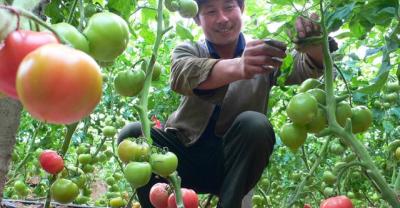
High-yield cultivation techniques of eggplant
Eggplant as a vegetable, farmers grow a lot at present, and eggplant as a diet, can be made into potato roasted eggplant, Yu-Shiang Eggplant (Sautéed with Spicy Garlic Sauce), roasted eggplant with minced meat.
- Next
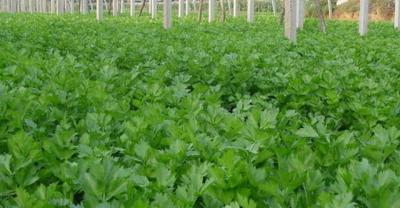
Family planting management method of lavender
Can lavender be kept at home? Choose a suitable flowerpot or container, reasonable lighting and watering, so that you can also have Provence style at home. ...
Related
- Fuxing push coffee new agricultural production and marketing class: lack of small-scale processing plants
- Jujube rice field leisure farm deep ploughing Yilan for five years to create a space for organic food and play
- Nongyu Farm-A trial of organic papaya for brave women with advanced technology
- Four points for attention in the prevention and control of diseases and insect pests of edible fungi
- How to add nutrient solution to Edible Fungi
- Is there any good way to control edible fungus mites?
- Open Inoculation Technology of Edible Fungi
- Is there any clever way to use fertilizer for edible fungus in winter?
- What agents are used to kill the pathogens of edible fungi in the mushroom shed?
- Rapid drying of Edible Fungi

